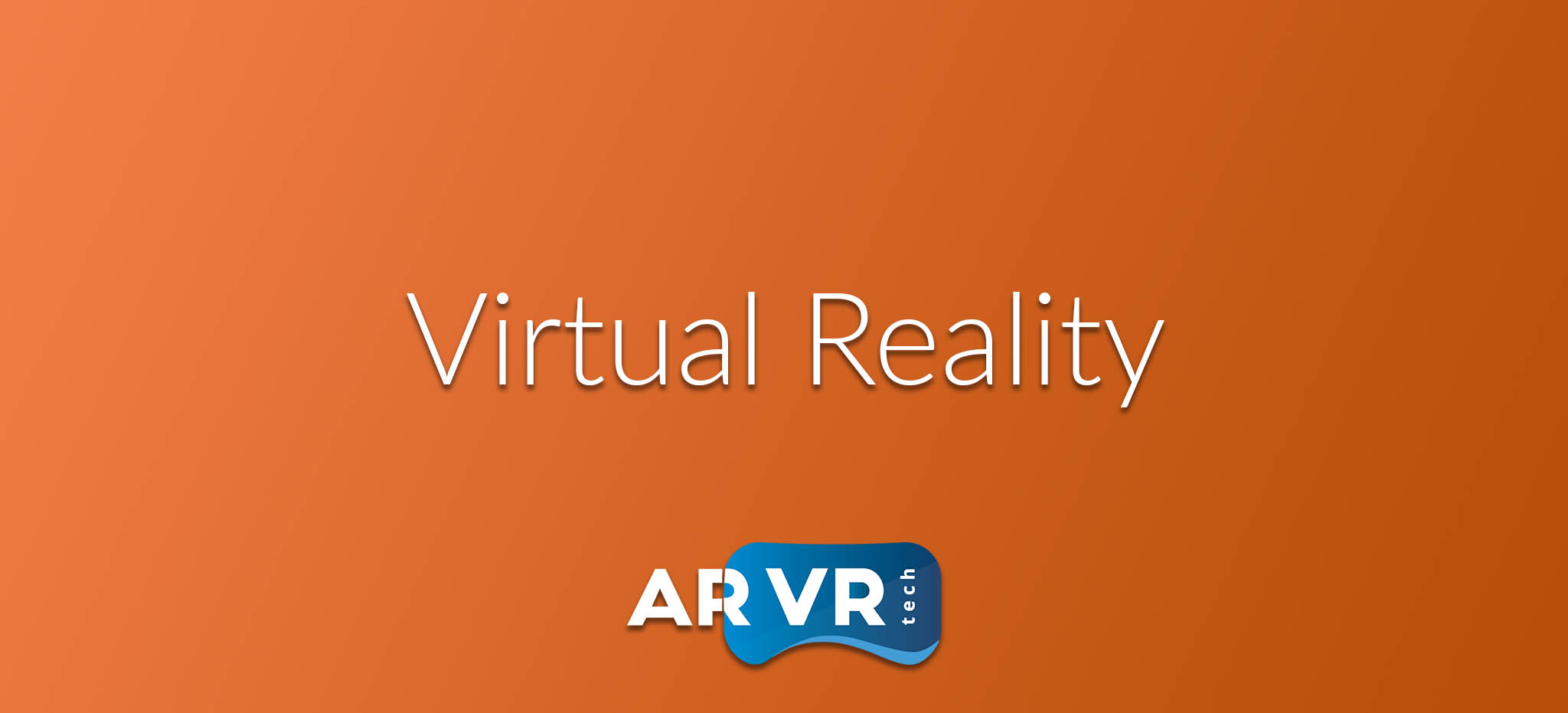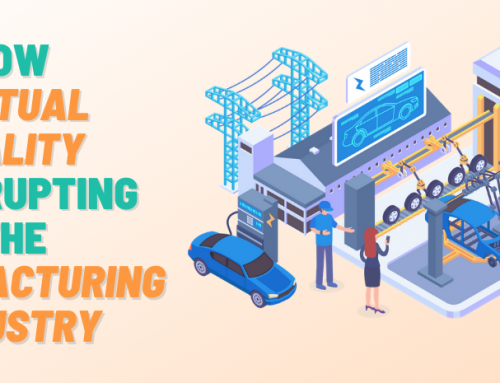
Virtual Reality solutions can be turned into Software as a Service thanks to functionalities that emphasize these points: VR representation and visualization, as well as VR communication in multi-user environments.
In order to test and estimate the potential of cloud-based VR technologies, we should also understand how virtualization moves a step ahead thanks to Cloud Computing.
As we know, cloud computing can be classified along several service categories, which are data as a service (DaaS), software as a service (SaaS), application programming interfaces as a service (APIaaS) and platform as a service (PaaS).
It is important to remember that with SaaS we can share design concepts between designers and stakeholders in order to reach a consensus on project goals timely and efficiently.
We are also reminded in a scientific research of Chinese, Japanese and American researchers that it is possible to ‘‘integrate DaaS, SaaS and APIaaS for collaborative planning or transportation research.’’ In other words, cloud computing devices can be used in cars to communicate with the external environments, other cars, or both scenarios.
Still, in academic circles the new term has been coined: VRaaS. This name may soon be disseminated to the business world. VRaaS comes from Virtual Reality as a Service and it ‘‘serves virtual reality applications that are scalable, whereas a user can simulate 3-D environment; and interactions by user are tracked thanks to a smartphone.’’
One of far-fetched scenarios is that VRaaS could end traditional hardware dependent applications, where clients need not wear heavy head mounted displays, but they may just utilize VR on mobile devices and make it work.
ARVRtech has utilized the mechanisms of cloud-based platforms and emerging AR and VR technologies so we made MRgenie, our SAAS solution.
Our premise was that Augmented and Virtual Reality applications can be intuitively created without programming and we learned that through numerous interactions with our clients. To our knowledge, marketing agencies, clients in retail, consumer electronics, tourism, education and other verticals want to be in tune with the latest technologies while they also create the content.
Digital natives have moved in their thinking and testing from ‘‘I want somebody to show me how this technology works’’ to ‘‘I want to try this myself and create my own versions of AR/VR apps and solutions.’’
According to our colleagues in other verticals, these are some of examples how the enterprises could use virtual reality over the next five to ten years and we take this opportunity to show you these other SaaS models.
1. TRAININGS WILL BE ENHANCED WITH VIRTUAL REALITY
“Whether training soldiers on a combat field or sales reps at the customer location, virtual reality provides the ability to enter the world to train and get better, without ever leaving your office,” he said. “This would let every company be able to train every person, more often than ever. This would make every company more competitive.”
Soldiers, for instance, would be able to train in a virtual middle-eastern village or in a snowy, remote environment without leaving their American base.
Financial managers would be able to train using a virtual office environment, so they could practice good communication and leadership skills.
2. VIRTUAL REALITY WILL ENGAGE REMOTE WORKERS BETTER
Virtual reality also should make for better relationships between employees working remotely and their managers or working groups.
“Think about employees being able to work from home but, at the same time, working from virtual offices, surrounded by their virtual peers,” said Enderle. “This could make the worker feel more like a part of the meeting or a part of the team,” leading to possible productivity boosts.
Another plus: “If you are more tightly coupled, it can be instrumental to make your boss more confident that you actually are working and not just goofing off at home,” Enderle said.
According to Moorhead VR would be useful for scientists, maintenance workers or engineers working remotely.
“What if you were an engine designer working with another [remotely based] designer to troubleshoot a problem?” he asked. “With virtual reality, you could both walk around the engine, point out parts that need to be changed, outline specific changes and even make changes on the fly.”
What will that mean for all those employees who generally work in their PJs or sweats? Well, if they use an avatar, they won’t need to change their attire at all.
3. VIRTUAL REALITY WILL LESSEN THE LOAD OF BUSINESS TRAVEL
Today, when most workers need to attend an important meeting — whether it’s in another corporate location or at a client’s office — they head to the airport, work their way through security and endure a plain ride, sometimes squeezed in that dreaded middle seat.
Of course, some people use videoconferencing, but it’s not widespread. And that experience still isn’t quite like being in the same room and sitting down face-to-face with colleagues or clients.
A virtual reality meeting could make it seem like a manager is in an actual face-to-face meeting when he or she is actually alone in the office.
“Will this replace business travel? Nope, but it will reduce business travel as long as companies use it well,” said Kagan.
What companies will notice is a reduction in travel costs and in the administrative work it takes to make the travel arrangements and deal with the expenses. It also will reduce the amount of time workers are outside the office and unavailable.
“It could lower travel costs because meetings in a virtual world could massively exceed what we can now do with videoconferencing,” said Enderle. “Done right, this could actually be better than real face-to-face in some instances.”
4. VR WILL BECOME AN IMPORTANT PART OF SALES FUNNEL
If someone is interested in comparing two different types of smartphones before buying one, testing them both out via virtual reality would be the perfect solution.
The same would go with someone looking to buy a new car, a new boat or even a house.
Salespeople could help their potential customers to virtually try before they buy. Customers could feel like they’re sitting in a car. They’d see how it would steer and feel on the road and how the interior looks up close. They could see how roomy it is — all before taking the time to drive to a dealer to see it in person.
“One of the bigger challenges sellers have is the time it takes someone to make a decision to buy something,” said Moorhead. “This is driven many times by uncertainty and not feeling they did enough research. Think about if you want to rent a house or go on an expensive trip? You want as much information as you can get your hands on before you feel comfortable. With virtual reality, the seller could put you there so you could virtually walk through that house or hotel, more as if you were actually there.”
To conclude, as VR databases and VR representation design enhance coordination and collaboration between stakeholders via the Internet, three elements are usually needed: a VR database, a VR visualization tool and a means of communication.
With the wider adoption of VR technology, it is certain that VR-cloud would become a mainstream and that also non-technical persons will utilize VR software. So far it seems that VR-cloud permits developers to use and manage the VR database from the back-end server side yet the trends are showing the growing interest of tech enthusiasts in other professions.
ARVRtech remains dedicated to upgrading and dissemination of our MRgenie software while we continuously receive feedback from clients who need it across different verticals. Feel free to get in touch with us and find out more.


